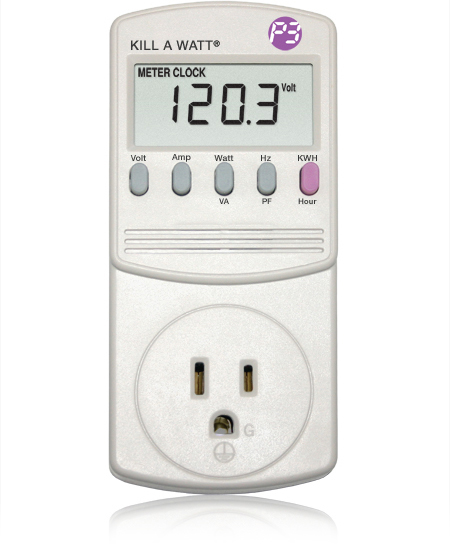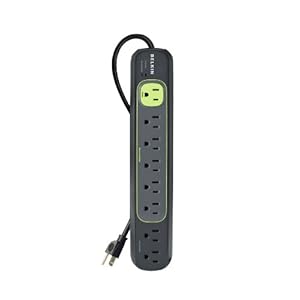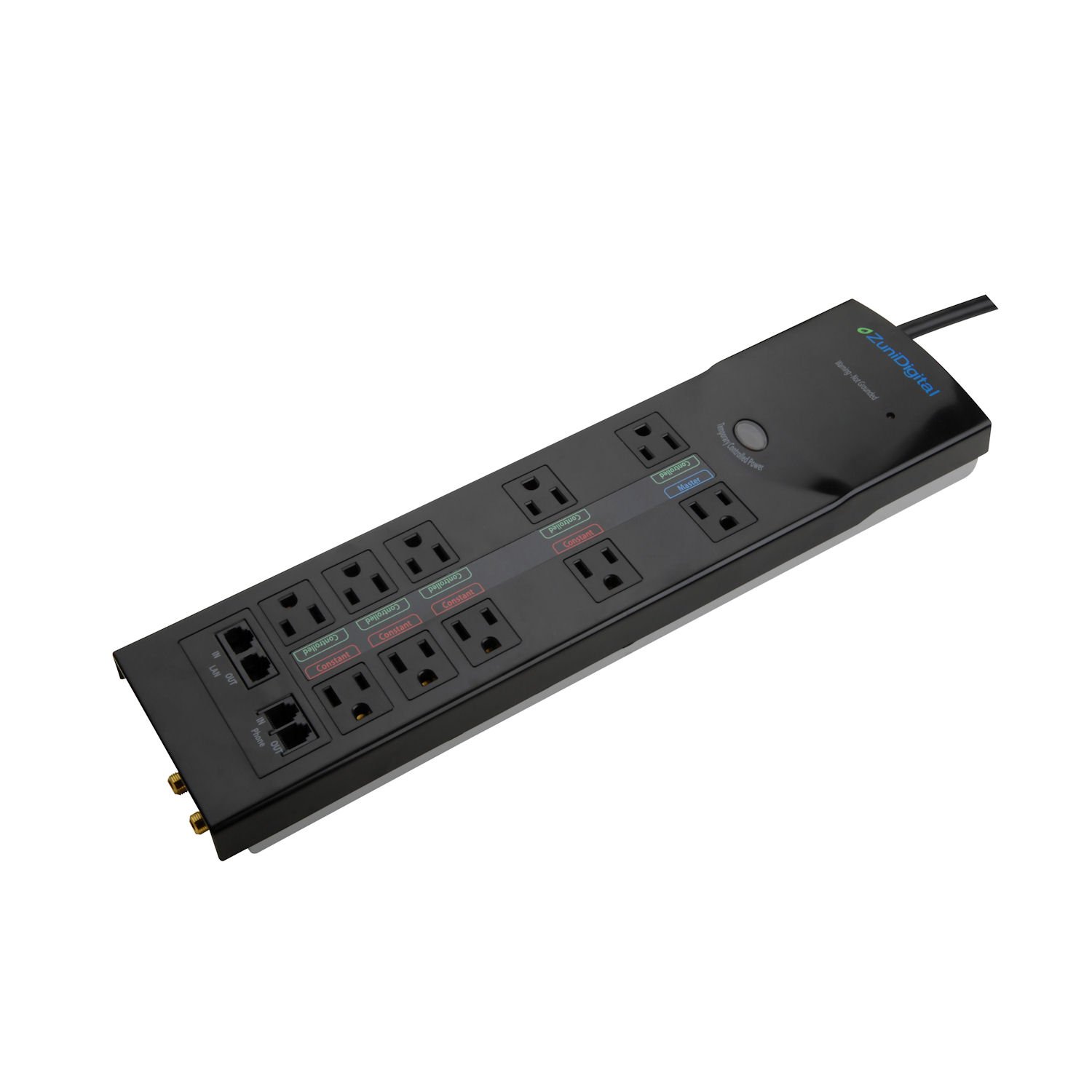Add-Ons: Once you have completed your new WMC (Windows Media Center) and have become familiar with its use, you may want to consider adding other features and enhancements.
The slideshow to the right ---------------------------------->
illustrates how to customize Windows Media Center by adding some very cool enhancements. Full credit for this list goes to rwpritchett. Here are some of the individual components he has added to Media Center:
The slideshow to the right ---------------------------------->
illustrates how to customize Windows Media Center by adding some very cool enhancements. Full credit for this list goes to rwpritchett. Here are some of the individual components he has added to Media Center:
- Media Center Studio
- Media Center Studio Themes
- My Channel Logos
- Media Browser
- XBMC
- Hulu Desktop Integration
- XBMC Integration
- Media Center Master
- Stark Covers
- Xzener's Icons
Streaming TV: There is a goldmine of streaming video programs available over the internet! There are free download programs such as Boxee, Hulu, Kylo and iTunes allowing you to organize and view hundreds of TV programs, all on demand. Apple's iTunes allows you to download and watch 1000s of podcasts free or you can also add a relatively low-cost monthly Netflix account for watching a large collection of movies online as well as on DVDs. Many people already have a broadband DSL service which just sits there unused when not browsing the web or doing email, so why not put it to use?
- The Green Button site is the official community-based portal to blogs, articles, and forums about Microsoft media based software.
- The AVS Forum
- Tom's Hardware Forums
Additional Help: For those of you who have never built anything like this before and could use further help and/or clarification, email me, or post your question in the comment box below.
Purchase a Complete Unit: You can purchase a Media Center similar to the one described in this article, fully assembled, tested and pre-loaded with a licensed copy of Windows 7 Home Premium. An Xbox Universal Remote Control with a RC-6 IR Receiver is included. Contact me for further information.




















